THE FUTURE OF MOBILITY
AIRBUS CITY AIRBUS CIA
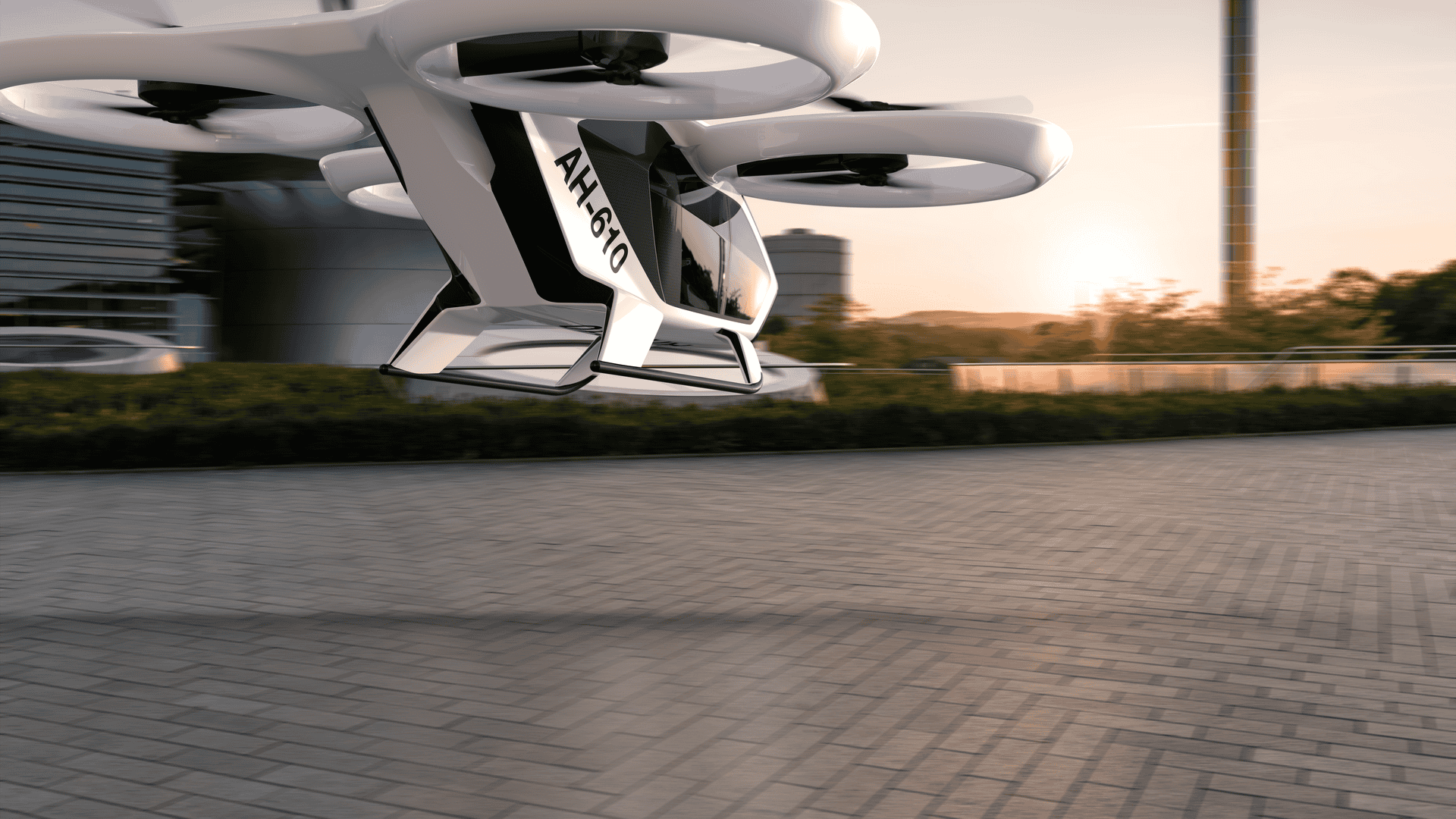
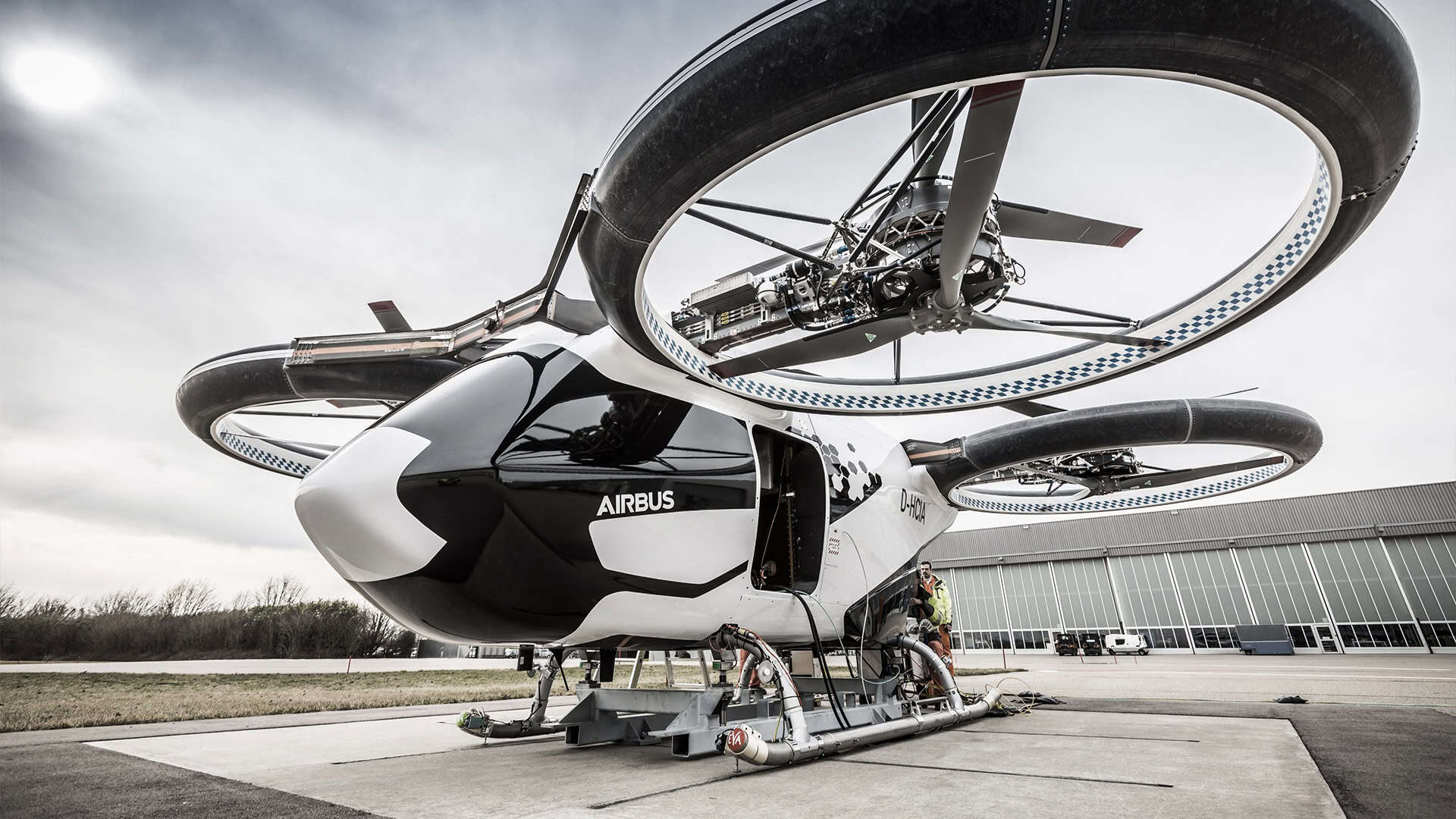

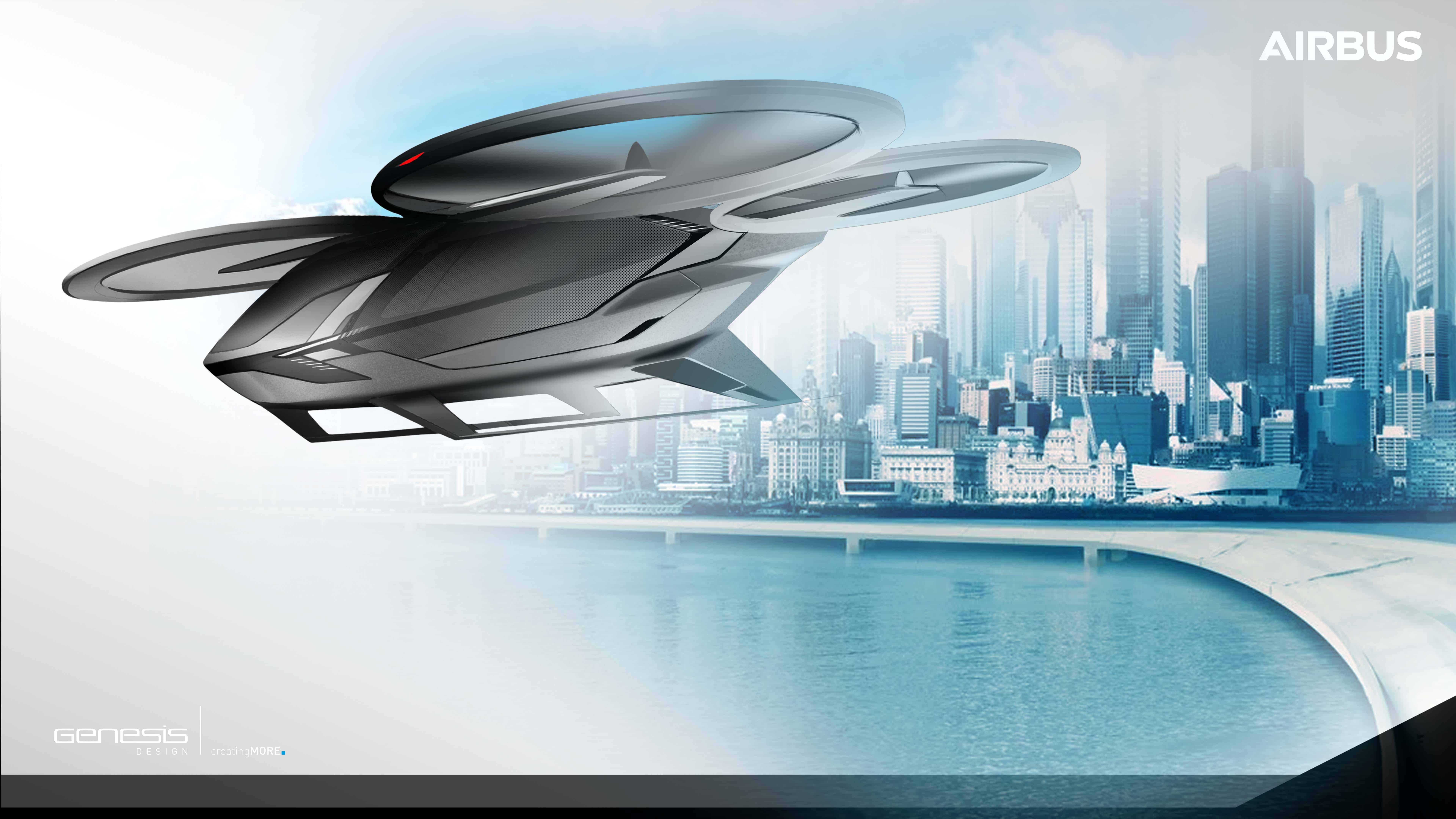
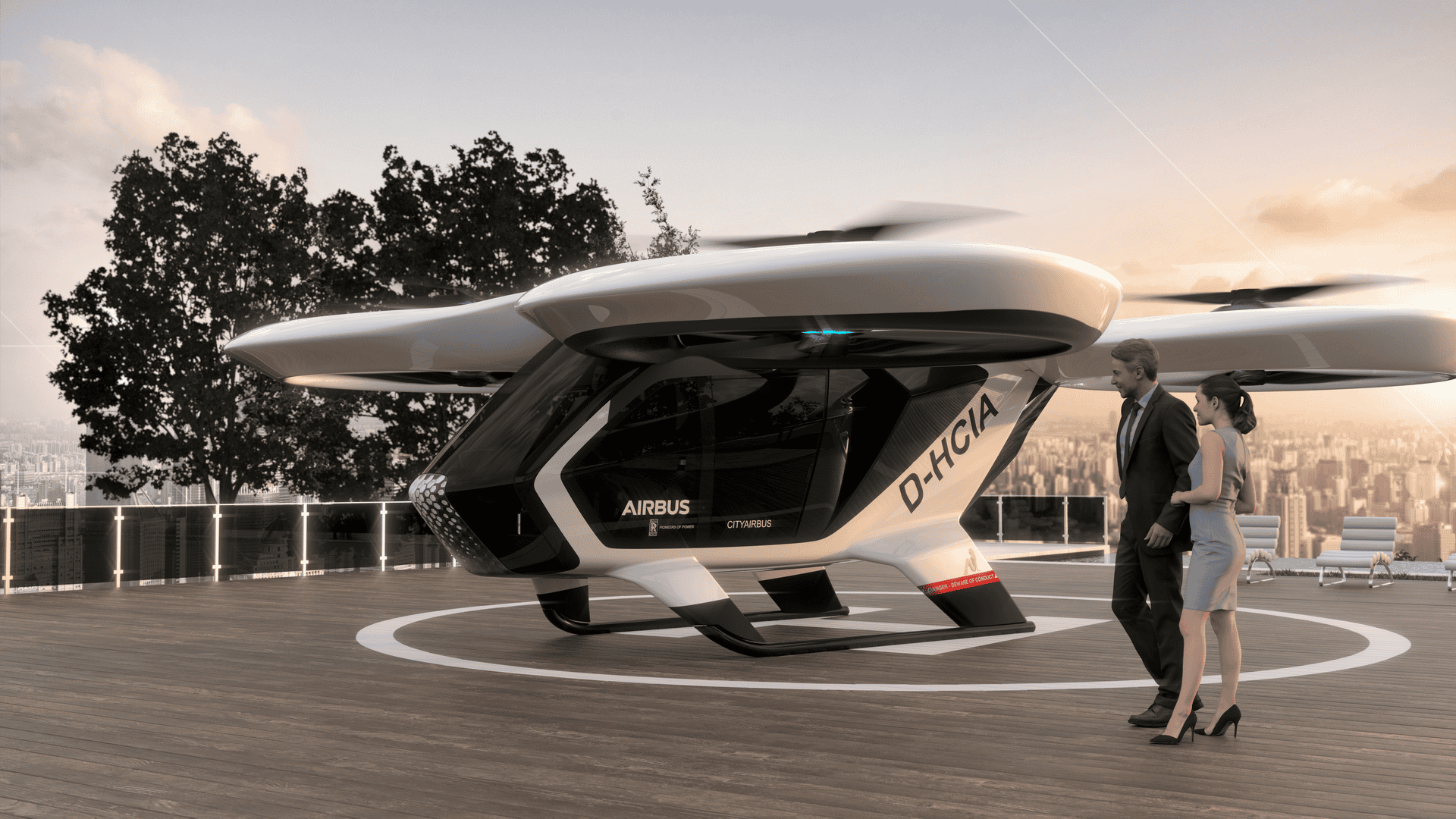
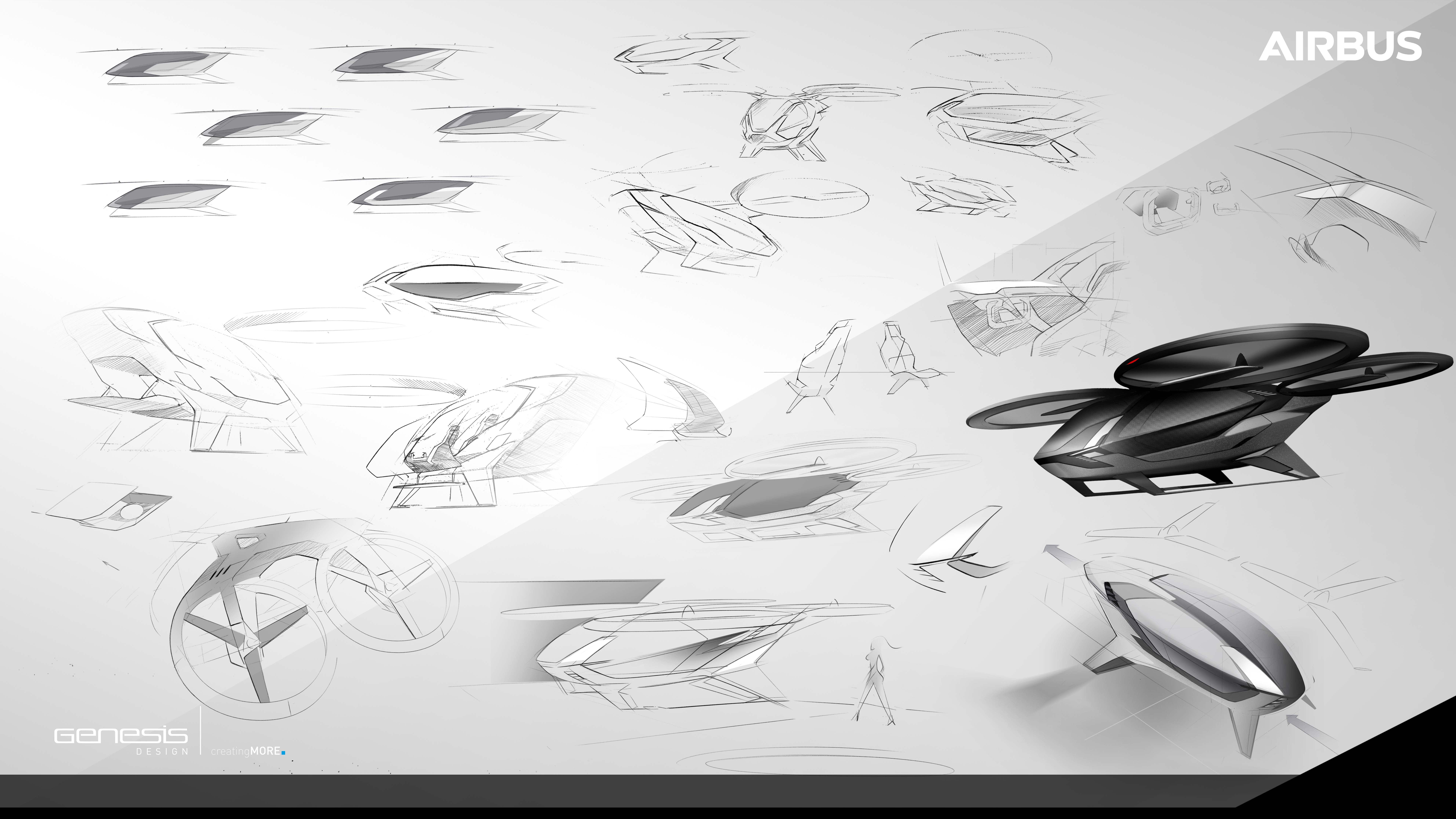
CITYAIRBUSDEFINITION
The propulsion of the eight-rotor helicopter (multicopter) is housed in four fixed drive nacelles, each containing two counter-rotating coaxial propellers with a diameter of 2.80 m. The lower propeller of each nacelle has a shroud, while the upper one rotates freely in the airflow. This design was chosen with a view to low air resistance, which would be much higher if the nacelle were completely encased.
Technologically, we adopted a unique approach to showcase and conceal components. For instance, the Formula 1-inspired suspension of the drives is prominently exposed at the front, highlighting its sophisticated engineering. Meanwhile, at the rear, these technological elements are largely concealed, maintaining a clean and focused aesthetic. This blend of exposed and hidden technology underscores the Skydiver’s advanced design and engineering excellence.
CREATINGMORE
design
When AIRBUS intented to build up a flying drone, Genesis Design was asked for overtaking the designdevelopment of this visionary idea. In a new and competetive market, it is important to create an innovative, serious and futurable icon. Even more so when it concerns a global player brand like AIRBUS. Together we started a task force unit with one aim: to let the drone fly in the air in 2020. DONE!
creatingMORE
ENGINEERING
Genesis Design was even asked for advice of the integration of the previous developed design into all technical demands. So what is more difficult than preserving the iconic design while having a totaly functional product like an helicopter? It needs to have the special Genesis Design skills to implement the initial designintention into a flying series product.
creatingMORE
PUBLIC RELATIONS
„Looks pretty cool, now he just has to fly“, said Federal Transport Minister Andreas Scheuer (CSU) at the presentation of the Cityairbus.


